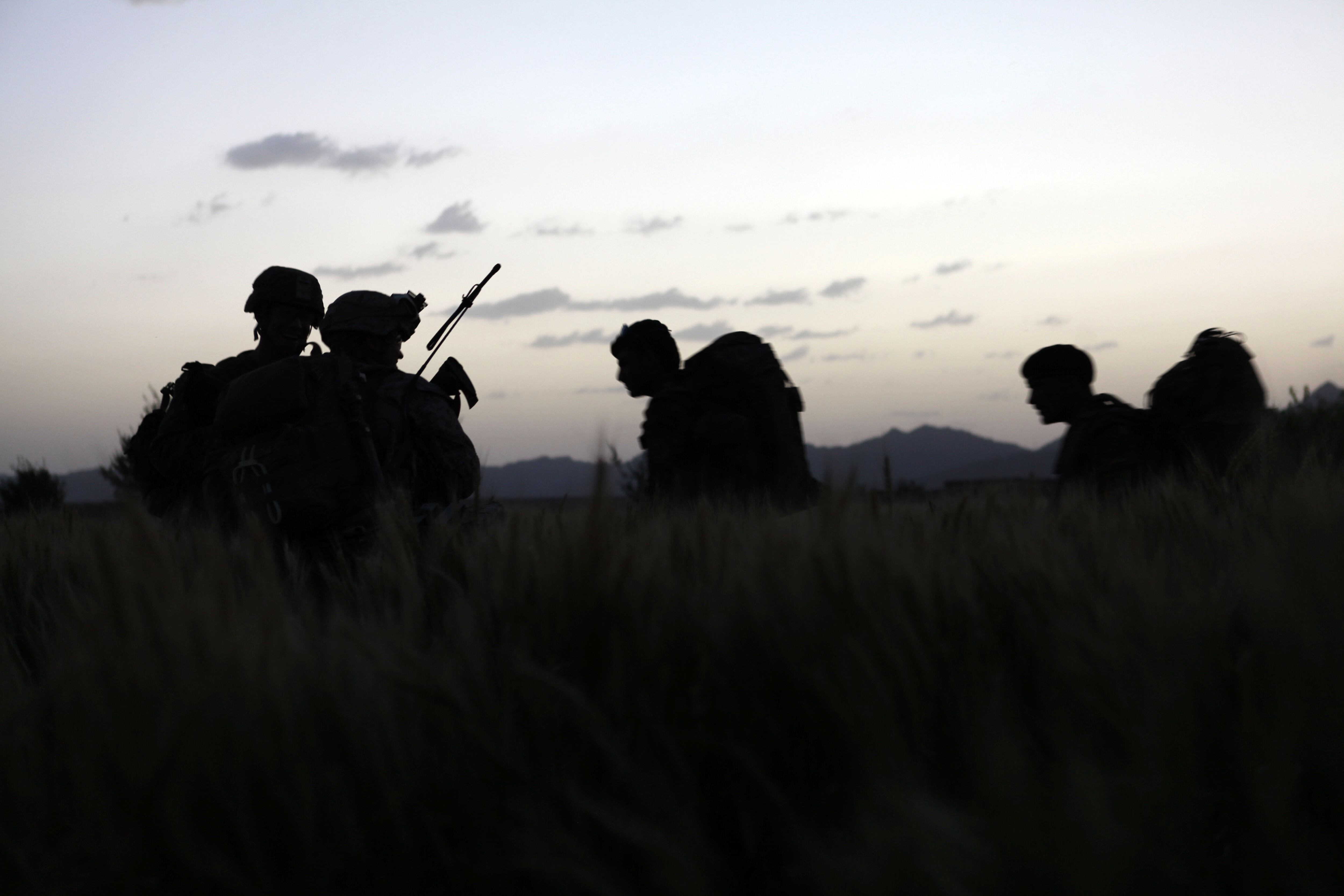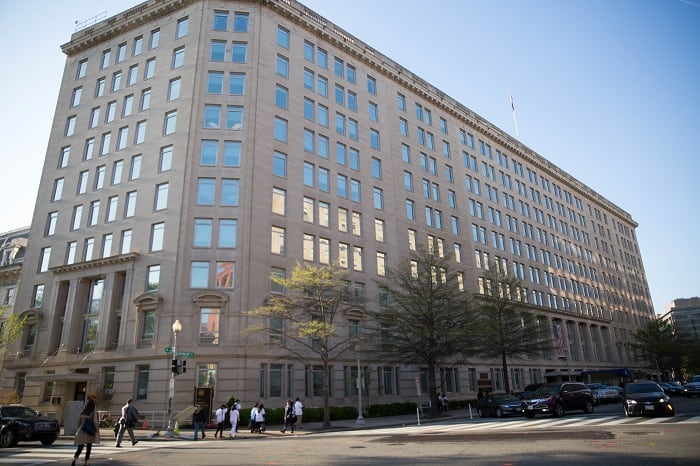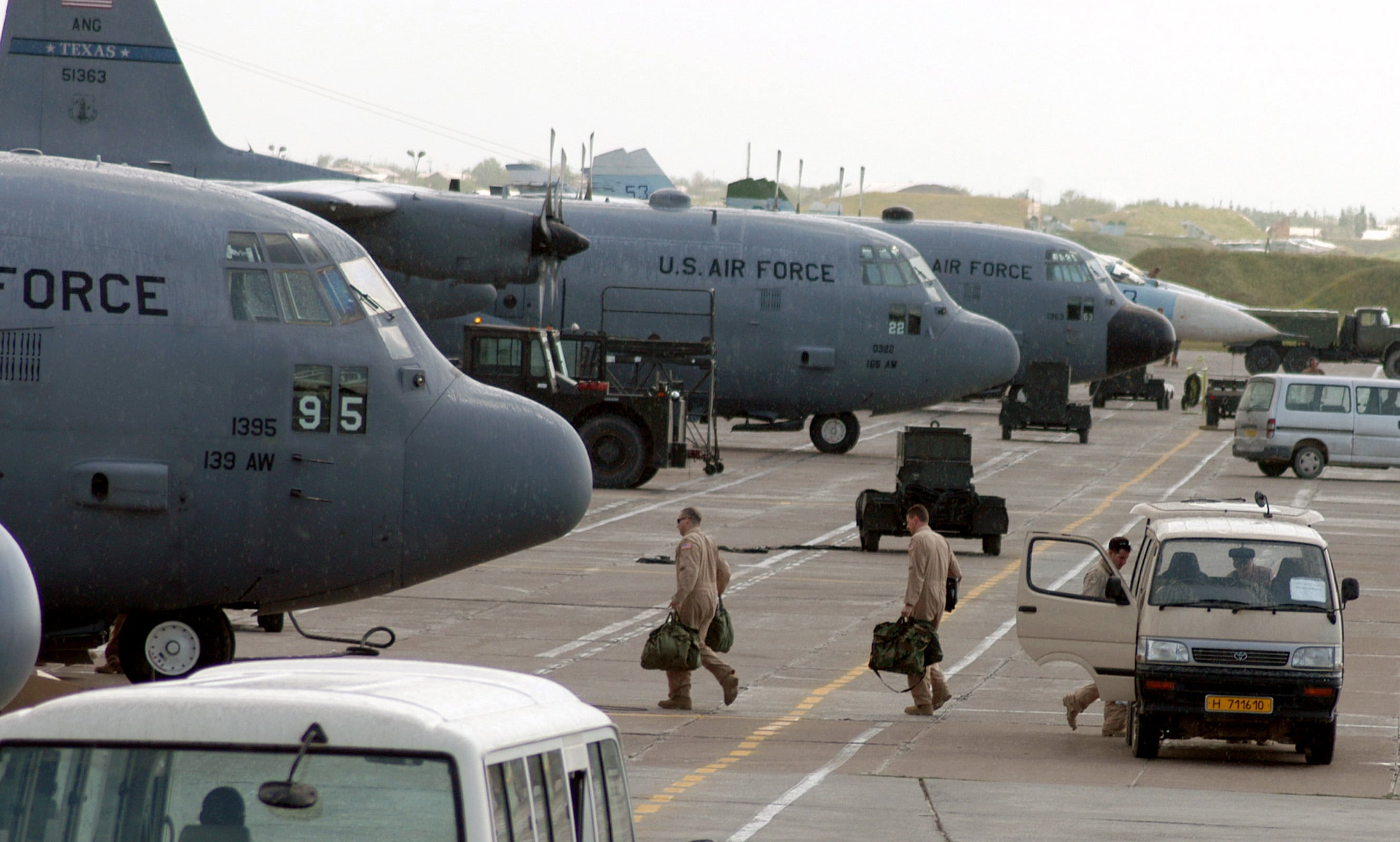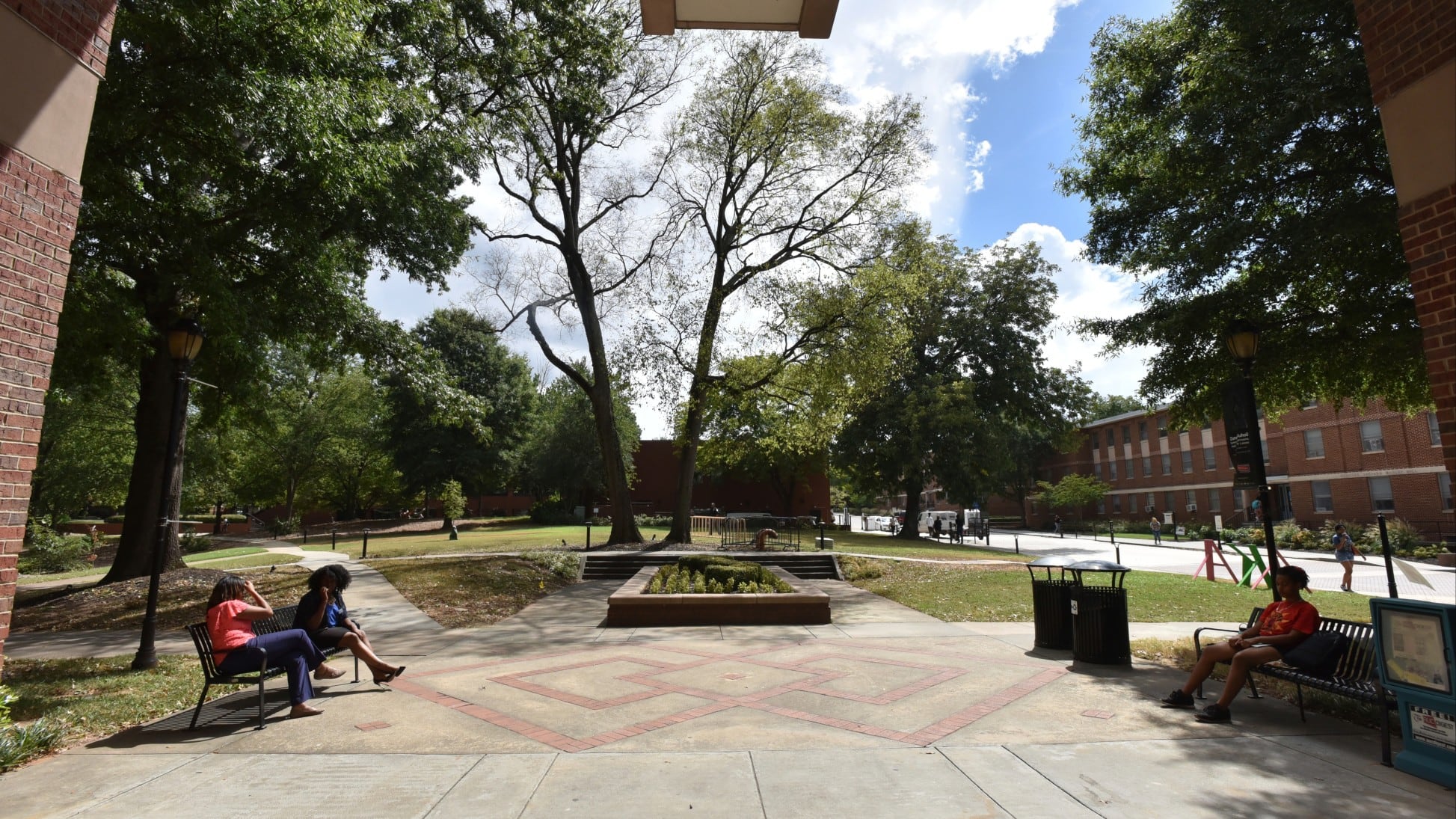Editor's note: Subsequent to publication, the Pentagon's chief spokesman on Monday issued Military Times a correction saying Defense Secretary Jim Mattis did meet with Gen. John Nicholson while the latter was in Washington last week.
Any plans to send additional American and NATO troops to Afghanistan won't take shape before Defense Secretary Jim Mattis meets with his European counterparts and the war's top commander, the Pentagon said Friday.
Those talks are scheduled to begin on Wednesday and Thursday in Brussels, a week after Army Gen. John Nicholson told Senate lawmakers that the 15-year conflict had reached a "stalemate." Thousands of additional military personnel would be needed, Nicholson said, if the coalition hopes to regain momentum. The general spoke also of plans to establish an "enduring counter-terrorism platform" there.
As yet, the Pentagon has made no recommendation to grow the coalition's military footprint in Afghanistan, Navy Capt. Jeff Davis, a spokesman, said Friday. That's expected to be among the leading topics discussed at next week's NATO ministerial, he added.
Mattis, who was sworn in as President Trump's defense secretary on Jan. 20, has not yet met face-to-face with Nicholson since taking over at the Pentagon, Davis said. It's noteworthy, as the general traveled from Kabul to Washington to testify before Congress this week.
"I don't know if they've spoken," Davis said. "They did not physically meet, no." That is set to happen soon, officials say, though Nicholson will not be attending the defense ministers' meeting in Brussels.
On Monday, Davis informed Military Times he was mistaken, saying Mattis and Nicholson did meet last week while the general was in Washington.
It remains unclear whether the secretary, who is known to dislike surprises, was notified by Nicholson beforehand that the general intended to tell Congress he wants more personnel. Davis declined to answer questions about that.

U.S. Marines and Afghan soldiers patrol south of Washtun, searching for insurgents, weapons and narcotics.
Photo Credit: DoD
Trump's predecessor as commander in chief, President Barack Obama, ordered the 2009 military surge in Afghanistan after the war's top commander at that time, Army Gen. Stanley McChrystal, had warned of the United States' pending failure there. Obama had little tolerance for military commanders who sought to operate outside the chain of command, and was especially upsetwhen McChrystal publicly cast doubt on the White House's proposed alternatives for reinvigorating the fight against al-Qaida and the Taliban.
Mattis, too, fell from favor after advising Congress that he believed the administration's approach to Iran was dangerous and flawed. At the time, he was a four-star Marine Corps general overseeing all U.S. military activity in the Middle East.
General and flag officers are expected to provide direct, honest input to Congress, Davis noted. They sign statements to that effect upon their confirmation by the Senate.
Still, it's an unusual move, said a recently retired defense official who spent several years working for senior military leaders in Washington and overseas. Although Trump has signaledhe may be willing to send more troops to Afghanistan, his National Security Council seems more focused on other matters, namely dialing up efforts against the Islamic State in Iraq and Syria, defending last month's sloppy commando raid in Yemen, and contending with the falloutfrom National Security Adviser Mike Flynn's questionable interaction with Russia.
"Maybe," the retired official said, "Nicholson made his move because the NSC is in disarray. Maybe he put his marker down thinking it's better to ask for forgiveness rather than for permission."
Though hard-fought, Obama's surge had many positive results. After making steady gains in several key regions, he ended the combat mission there and ordered the precipitous withdrawal of U.S. forces, hopeful that, with close guidance, Afghan forces could shoulder the burden for protecting the country's major population centers.
Today, about 8,400 U.S. troops remain as part of Operation Resolute Support, the mission to advise and assist Afghan security forces, and a smaller counter-terrorism effort called Operation Freedom's Sentinel. NATO has about 5,000 troops there. And for the most part, security is a mess.
Nicholson told the Senate Armed Services Committee that, in addition to the Taliban, 20 of the world's 98 designated terrorist organizations now operate within Afghanistan and neighboring Pakistan, where political and military leaders are under constant pressure from Washington to crack down on terrorist save havens in the country's border areas, mountainous territory that remains mostly lawless. Mattis made phone calls to his counterparts in each nation this week.
The Afghanistan campaign has become further complicated by the resilience of an Islamic State faction operating along the Afghanistan-Pakistan border, and the growing influence of Iran and Russia. Each, Nicholson said, continue to make subtle but steady attempts to "legitimize and support the Taliban."
Andrew deGrandpre is Military Times' senior editor and Pentagon bureau chief. On Twitter:
.





